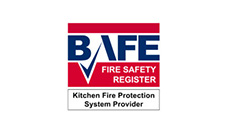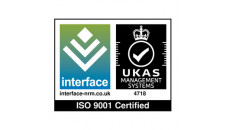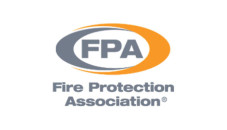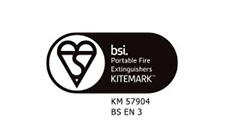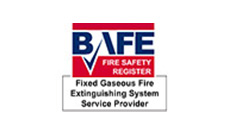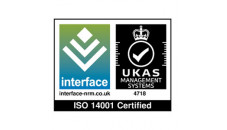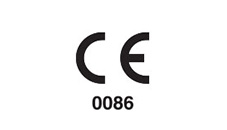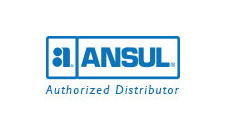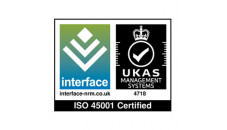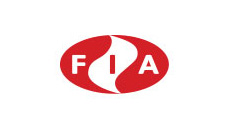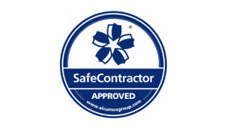10 Year Testing
Hydrostatic pressure testing is compulsory and must be carried out every 10 years from the manufacturer’s date stamped on the body of the container and it is an offence not to do so.
Why is 10 year testing important?
Fire suppression systems utilise high pressure vessels which must be maintained by law as directed under The Pressure Systems Safety Regulations (PSSR) 2000 and Pressure Equipment (Safety) Regulations (PER) 2016. The process of testing is achieved by hydrostatically pressurising the vessel that contains the fire suppression agent. This is also more commonly referred to as ‘Stretch Testing’.
Hydrostatic pressure testing is compulsory and must be carried out every 10 years from the manufacturer’s date stamped on the body of the container and it is an offence not to do so.
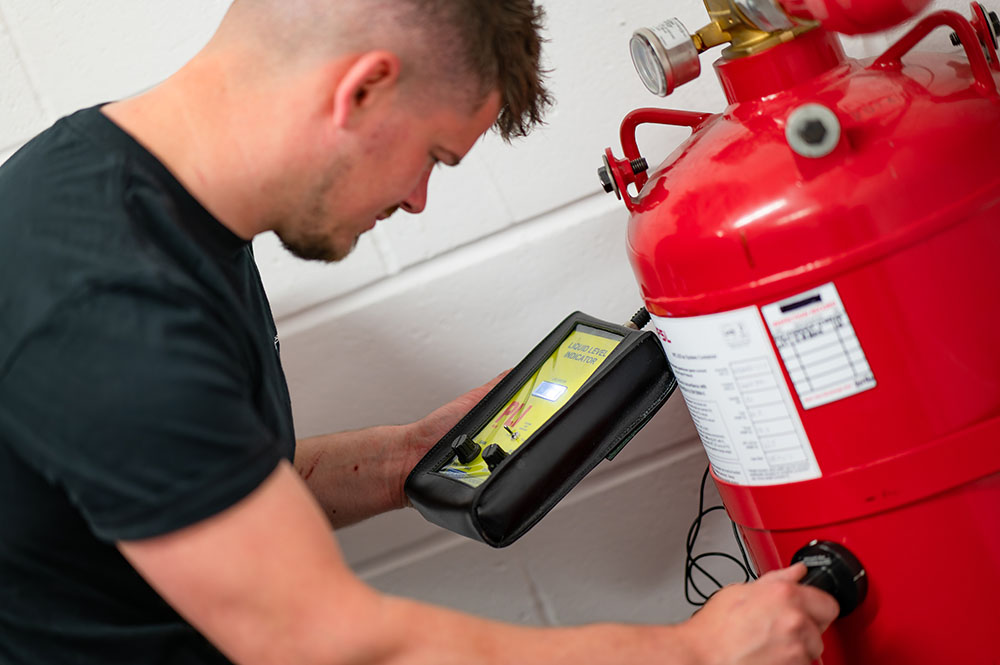
Always Stay Compliant
How we conduct a 10 year test?
The fire suppression cylinder must be decanted, cleaned then dried. Decanted agents will be tested, purified and certified for re-use. Once the contents and contaminates have been removed, the vessel is thoroughly inspected for any flaws in its structure that could potentially lead to its failure.
Once this stage is completed, the cylinder is filled with water, placed into a fluid bath and is then pressurised to one-and-a-half times its normal working pressure. For example, an Inergen cylinder that typically operates at 300bar will be tested at a pressure of 450 bar. The certification of the vessel is then carried out by a third party under strict regulation.
Successful 10 year testing
Once all testing has been completed, vessels that have passed testing are normally refurbished, stamped with the test date and placed into stock ready for fitting out with a control valve, filling of agent and charge gas (typically Nitrogen) and then shipping to a customer’s site. Vessels that fail testing are destroyed to prevent any further use.
Hydrostatic pressure testing will almost certainly be conducted as part of the Service Exchange process, which is covered in another section on our site.
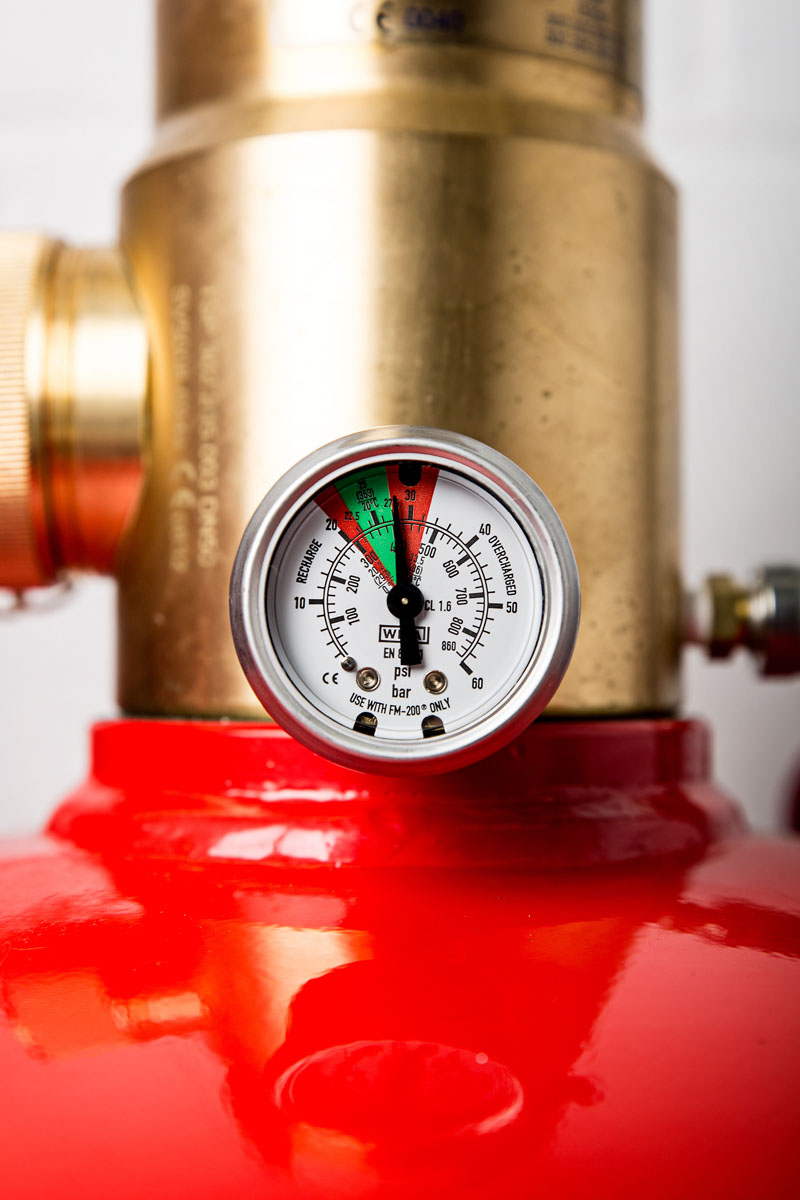
Here To Help
Cannon Fire works closely with a number of licenced Cylinder suppliers and all of its Engineers are trained in the safe handling of highly pressurized cylinders and their associated systems. Please feel free to contact us if you require further advice.
Our two head offices are based in Birmingham and Ollerton with fully qualified, experienced engineers spread throughout the UK allowing Cannon Fire to operate nationwide.
Call Us: 01623 860685
Email Us: [email protected]
CONTACT DETAILS
Trading Offices
Unit 1 Sherwood Network Centre, Ollerton, NG22 9FD
Unit C, 37a Parkfield Road, Coleshill,
Birmingham, B46 3LD
OUR KEY SERVICES
Copyright © Cannon 2024 All rights Reserved
